Going Tow-Behind RV Camping? Here's How to Prepare
RV-ing, defined as temporarily living out of a recreational vehicle—the term recreational vehicle representing motorhomes, travel trailers, fifth-wheel campers, pop-up campers and truck campers—is fast-becoming America’s new pastime. Throughout the pandemic, RV sales have steadily climbed and are now at record levels—and sales aren’t just through the roof among older demographics. More than a quarter of all current RV owners are 45 and under, and more than 40-percent of them are newcomers.
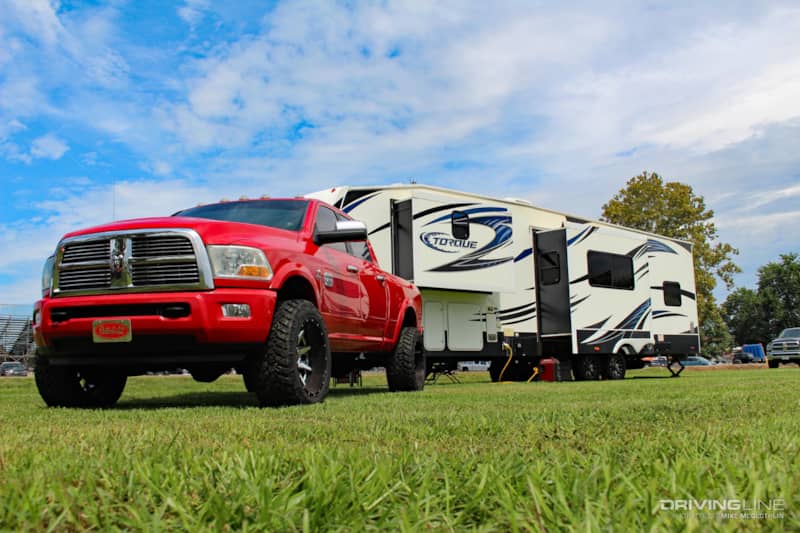
Specifically, tow-behind RV sales (the travel trailers, toy haulers and fifth-wheel campers listed above) are up exponentially. The nationwide numbers from June 2021 alone were up 22-percent over June, 2020 figures and there are no signs of this trend slowing down. Obviously, these RV’s aren’t self-propelled and require a tow vehicle. However, in many cases, towable campers can span between 30 and 45 feet in length. This means your tow rig has to be up to the challenge of pulling a sizable load, and pulling it safely.
The following tips, from tow rig selection to tire choice, are aimed at helping newbies hit the ground running in the camping world.
The RV Market Is HOT
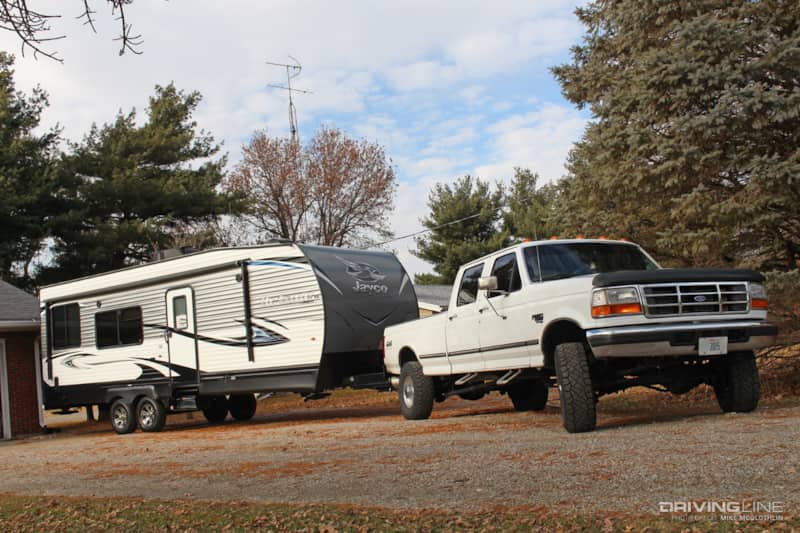
For a myriad of reasons, camping has become extremely popular the past two years. Right now, the RV industry is positively on fire—and things are only getting hotter. The latest year-end forecast for RV sales ranges between 567,000 and 587,400 units. That’s a 34-percent rise over 2020’s numbers, which were also considerably higher than years past. On top of all that, there is no end in sight, with RV shipments expected to reach 600,000 units in 2022. This June, towable RV sales were up 22-percent over June, 2020 sales. Even more impressive, August sales in the same category were up 33.8-percent over the numbers recorded in August, 2020. In between June and August, the RV industry saw the hottest July on record in terms of sales with 43,035 units shipped.
Young RV Owners Are Helping Drive The Industry’s Growth
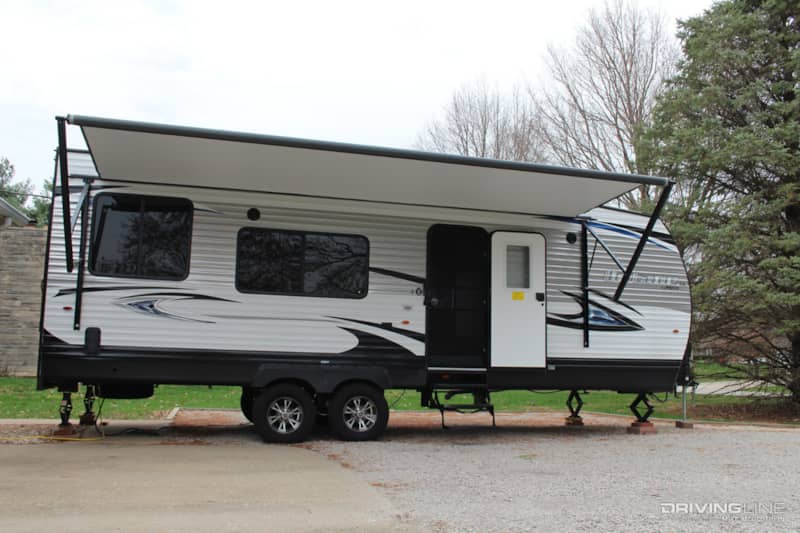
So who’s buying them? According to the RV Industry Association, 27-percent of all current RV owners are those with young families (45 years old and younger, and that have children living at home). The median number of days spent traveling in an RV per year totals 19 in this age group (just three less than older RV owners). The RV Industry Association also reports that 57-percent of all current RV owners in the above demographic grew up with RV’s, which means more than 40-percent are new to the RV world. But on top of the positive outlook and influx of newcomers to the RV life is the fact that 87-percent of current young RV owners have indicated they plan to purchase another RV within the next five years. In summary: future demand looks just as bright as it is today.
The Draw
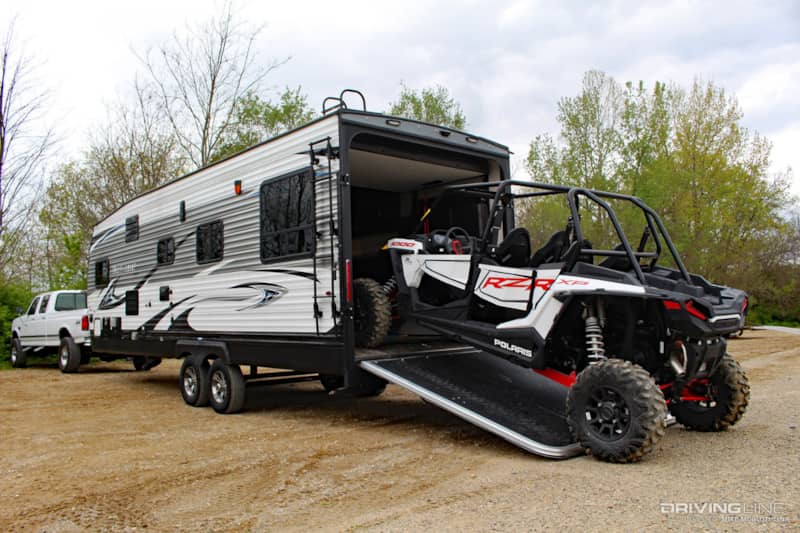
Lockdowns, attendance-limited events, business closures, remote working and learning or simply the need to escape the daily grind are all common reasons for working class Americans turning their attention to camping in recent times. If you ask the RV Industry Association, adventure is one of the driving factors behind sky-rocketing RV sales. After all, campers allow you to bring your home away from home with you while you mountain bike, rock climb, hike a trail or go kayaking. On the toy hauler side, it provides a way to bring your side-by-side, ATV, dirt bike or motorcycle to the trail or track, but then have a place to lay your head at night. Increased camper sales mean that people are enjoying the great outdoors and their passions more now than they ever have—and that’s a good thing.
The Right Tool For The Job: The Tow Rig

When it comes to multiple axle, two bath, 40-foot toy haulers with slide-outs and the whole nine yards, you’re talking about a trailer that’s considerably heavy even before you begin loading it. For these larger campers, it pays to have the right tool for towing. Late model diesel trucks shine in these circumstances. Not only does their abundance of low-end torque help get the load moving, but fuel economy isn’t cut in half when it’s time to camping. Today’s Ford, GM and Ram ¾-ton and larger diesel trucks are also equipped with diesel-specific transmissions, complete with a diesel-specific lockup torque converter that is extremely well-matched to the torquey engine in front of it.
The Right Shoes For The Job: Tow-Ready Tires
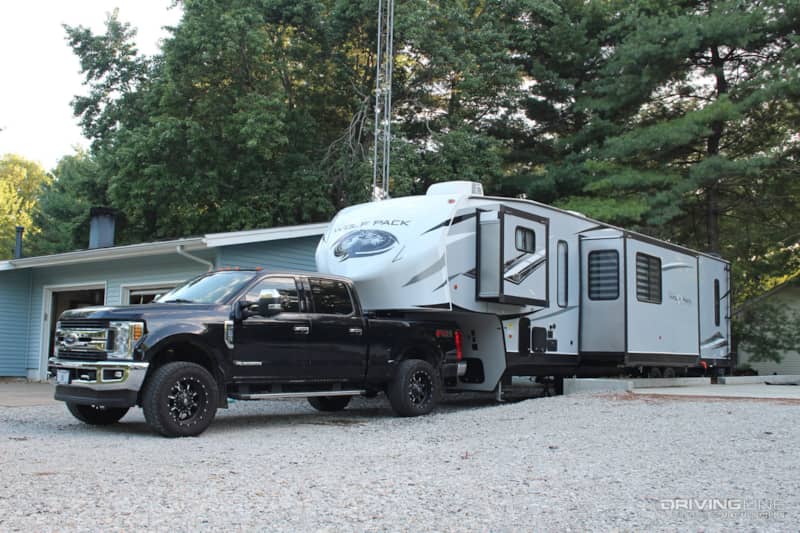
¾-ton and 1-ton trucks are more than capable of toting a 15,000-pound toy hauler around these days, but just make sure you’ve got the right rubber underneath it to get the job done safely. Especially in single rear wheel applications, make sure you go with an E or F load range tire, but also one with a respectable load index. Overkill is always a good thing, as is the case here with the 35x12.50R20LT Nitto Terra Grappler G2’s aboard this ’18 F-250. The F load range all terrains feature a 125 load index, which means they have a load capacity of 3,640 pounds apiece at 80-psi.
Our Best Tire Shopping Advice
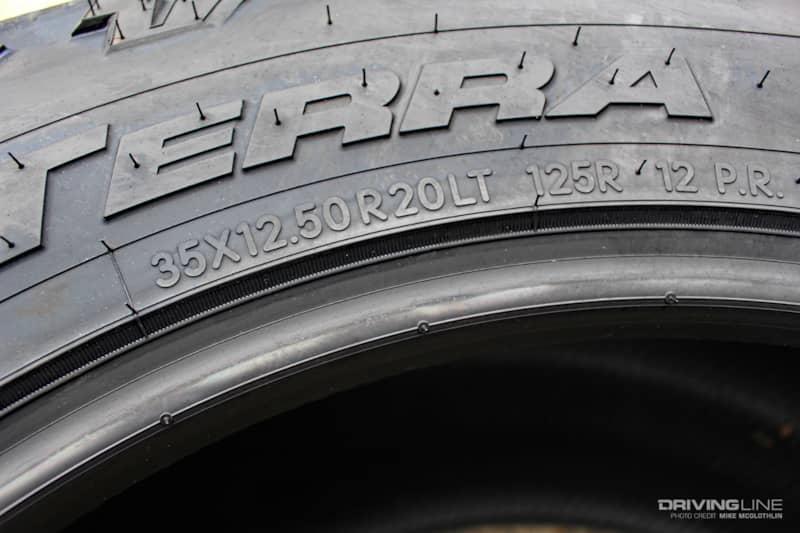
Equipping your work horse with the right tire for the job means buying a quality tire that meets your load carrying needs. As a general rule of thumb, you’ll be shopping for load range E or F truck tires. However, pay special attention to load index, the raised print that’s just to the right of the tire size on most tires. The higher the load index number, the higher the tire’s load carrying capacity is. If you’re buying new tires for your truck, stick with the same load index or go higher on your new ones. Overkill doesn’t hurt here. The same goes for your trailer tires.
Don’t Forget About Trailer Tires
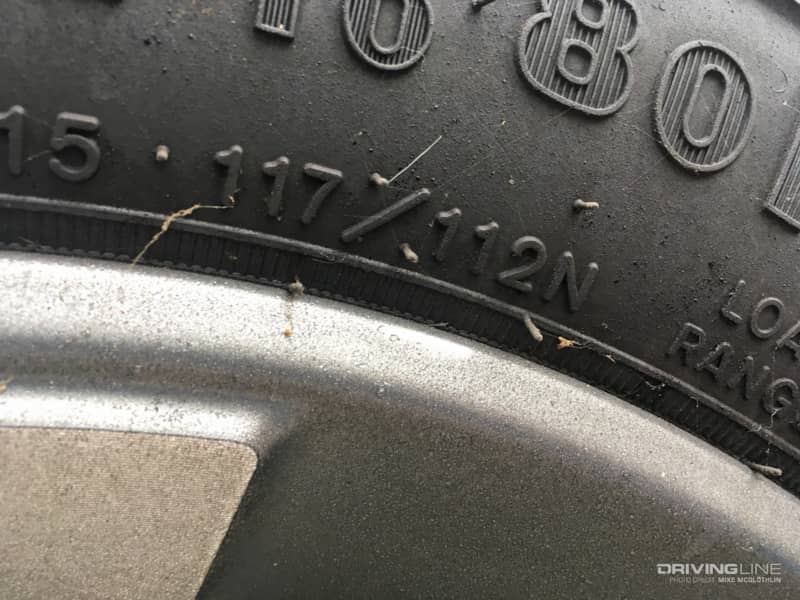
Even if you’re buying a brand-new camper, it’s important to know the two types of trailer tires you’re bound to encounter at some point: radial and bias ply. A radial tire’s key advantage is that it’s less likely to develop flat spots when the trailer sits for extended periods of time (which is often the case, especially during winter, for RV owners). The bias ply advantage is that they tend to have a more rigid sidewall, track straighter and be more affordable than radial trailer tires. It’s also worth noting that most trailer tires come with a maximum speed rating of 65 mph. However, you can buy tires rated for higher speeds, such as the version shown here. The “N” on the sidewall means they’re rated for 87 mph. Last but not least, always buy trailer tires that, when combined, have a load carrying capacity that exceeds the trailer’s GVWR.
How To Make Tires Last (On Both Your Tow Rig And Your Camper)
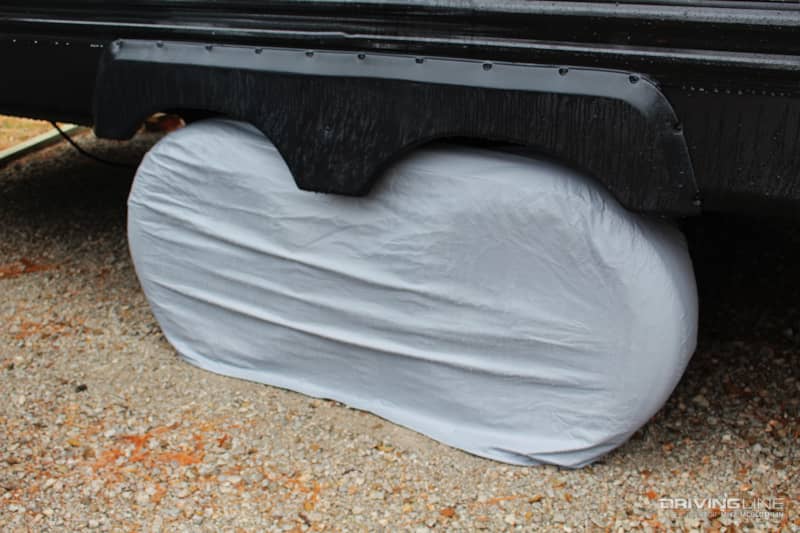
- Check air pressure once a month and always do it prior to taking a trip. Under-inflated tires have reduced load carrying capacity and will have poorer handling quality than a properly inflated tire. Your vehicle manufacturer’s recommended pressure rating can likely be found in the owner’s manual or on the driver side door jam.
- Always check air pressure on cold tires. This provides the most accurate reading.
- Rotate your tires every 5,000 to 6,000 miles. Follow your vehicle manufacturer’s recommended rotation pattern (and mileage interval) for the most uniform tread wear possible.
- Whenever possible, protect your tires from the sun, as UV ray exposure is the number one cause of dry rotting. That means parking the tow rig and camper indoors, if possible, or investing in tire covers.
More From Driving Line
- Curious what the best towing tread is in the Nitto stable? We pit the commercial-grade Dura Grappler against the popular Terra Grappler G2 here.











